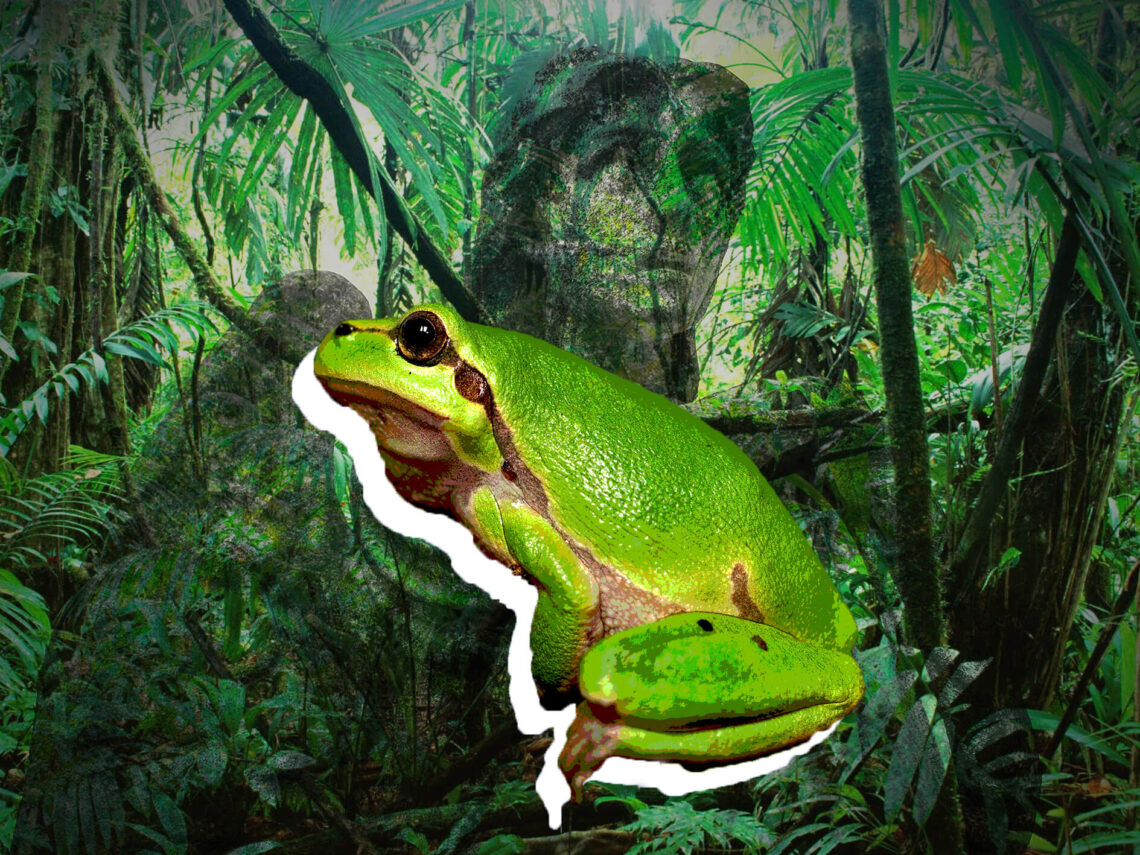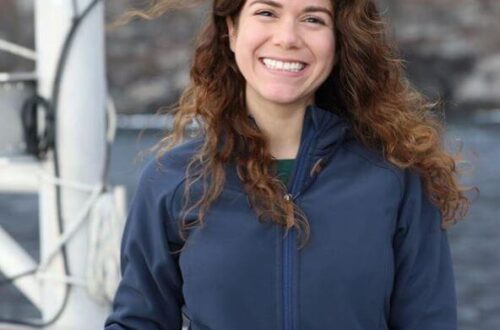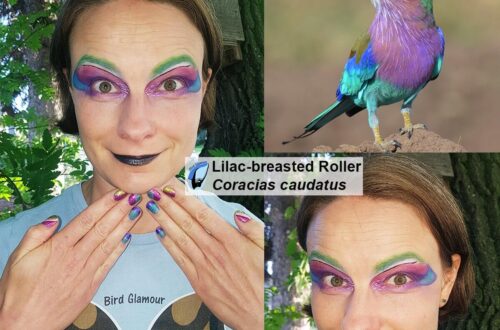A microbe protects frogs from an infectious one.
A lucky frog sits on a leaf in the highlands of Panama. Of all the frogs in its little community, it was one of only a handful that survived a deadly plague. Now, you could think that the frog was innately immune and was able to fight off the potent fungus called Batrachochytrium dendrobatidis. If you thought that, you’d be wrong. The frog wasn’t immune at all, but it did have a guardian, protecting it from the ravages of the plague. It wasn’t an angel guarding the frogs back though: it was a bacterium, or rather, an army of them.

Scientists from Panama were concerned about the fungus that was decimating the amphibian population in their country, and around the world [1]. They set out examining the remaining frogs to see if they could understand how the frogs survived, with the hope of saving more amphibians that underpin so many of the words greatest ecosystems
[2]. The research team discovered a very diverse bacterial population living on the backs of the frogs, which might hold the secret to their survival.
The researchers realised that these bacteria growing on the frogs’ backs could produce antimicrobial compounds. They set about testing them against the human fungal pathogen, Aspergillus fumigatus. Of 201 bacterial strains tested, they found that 29 had antifungal activity, with one in particular being the most potent of them all, and this was Pseudomonas cichorii.
This was an exciting development: if bacteria isolated in a remote part of Panama was producing antifungal compounds, there was a chance that this is completely new. The team set about painstakingly identifying all of compounds produced by the bacteria, until they discovered that the ones with antifungal activities, including a previously known molecule called viscosin as well as an array of different lipopeptides.
While the molecules discovered weren’t completely novel, the potential uses for them are. Visconsin can now be considered an alternative to antifungals that aren’t effective against A. fumigatus. It also has the potential to limit the spread of devastating fungal infections in amphibian populations around the world.
This study is a great case for the support of bioprospecting, that is, going to nature to look for new drugs and treatments. It’s tempting to think that we have found everything there is to find in nature, but nothing could be further from the truth. Even organisms that have been well studied in the lab have not had their metabolites mined for potential use as drugs.
This research was recently published in the journal Scientific Reports [3].
References:
- Lee Berger, Rick Speare, Peter Daszak, D. Earl Green, Andrew A. Cunningham, C. Louise Goggin, Ron Slocombe, Mark A. Ragan, Alex D. Hyatt, Keith R. McDonald, Harry B. Hines, Karen R. Lips, Gerry Marantelli, and Helen Parkes. Chytridiomycosis causes amphibian mortality associated with population declines in the rain forests of Australia and Central America. PNAS July 21, 1998 95 (15) 9031-9036; https://doi.org/10.1073/pnas.95.15.9031
- Jamie Voyles, Douglas C. Woodhams, Veronica Saenz, Allison Q. Byrne, Rachel Perez, Gabriela Rios-Sotelo, Mason J. Ryan, Molly C. Bletz, Florence Ann Sobell, Shawna McLetchie, Laura Reinert, Erica Bree Rosenblum, Louise A. Rollins-Smith, Roberto Ibáñez, Julie M. Ray, Edgardo J. Griffith, Heidi Ross, Corinne L. Richards-Zawacki. Shifts in disease dynamics in a tropical amphibian assemblage are not due to pathogen attenuation. Science 30 Mar 2018: Vol. 359, Issue 6383, pp. 1517-1519, DOI: 10.1126/science.aao4806
- Christian Martin H., Roberto Ibáñez, Louis-Félix Nothias, Cristopher A. Boya P., Laura K. Reinert, Louise A. Rollins-Smith, Pieter C. Dorrestein & Marcelino Gutiérrez. Viscosin-like lipopeptides from frog skin bacteria inhibit Aspergillus fumigatus and Batrachochytrium dendrobatidis detected by imaging mass spectrometry and molecular networking. Scientific Reports volume 9, Article number: 3019 (2019)

This work is licensed under a Creative Commons Attribution-NonCommercial 4.0 International License.





